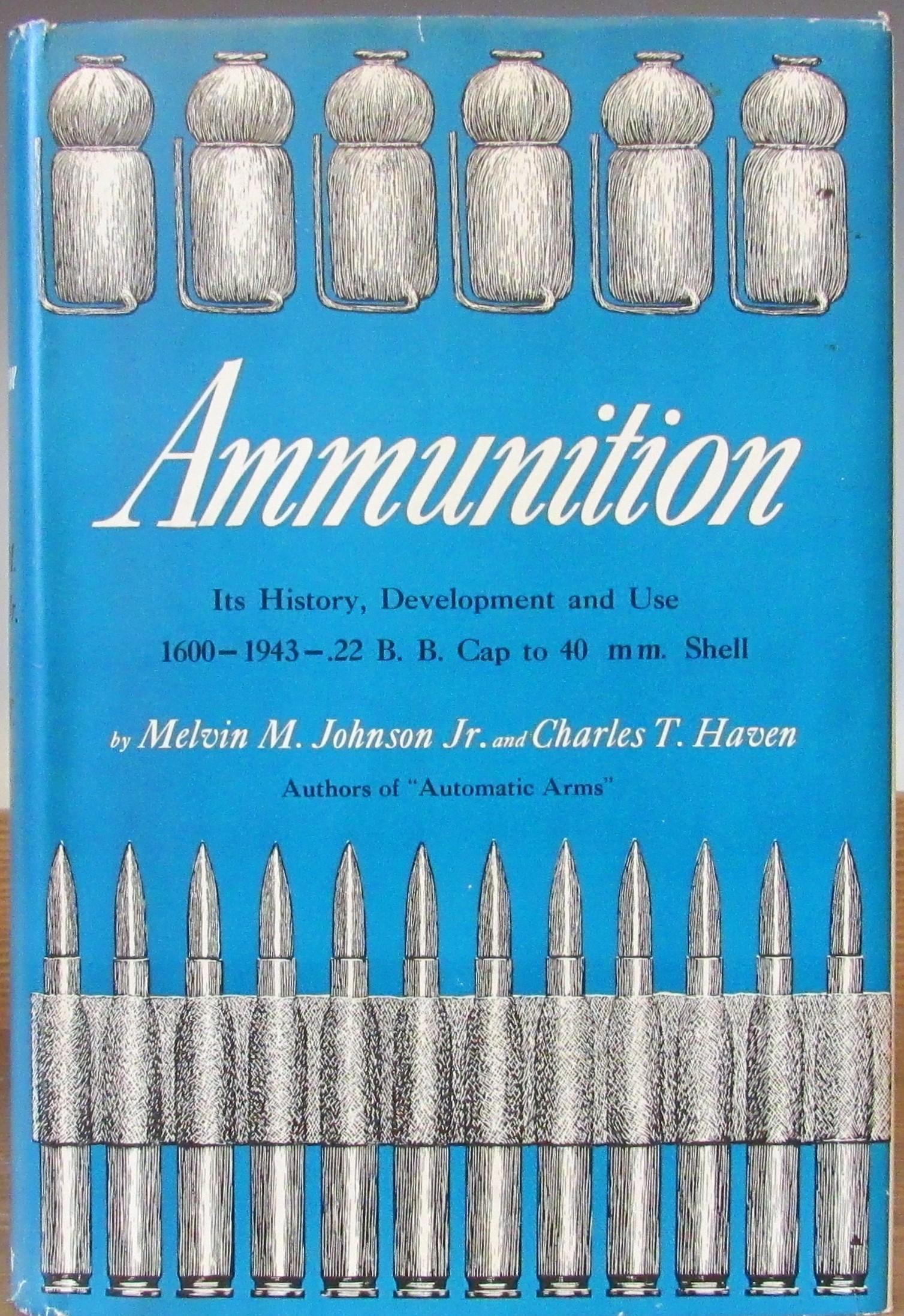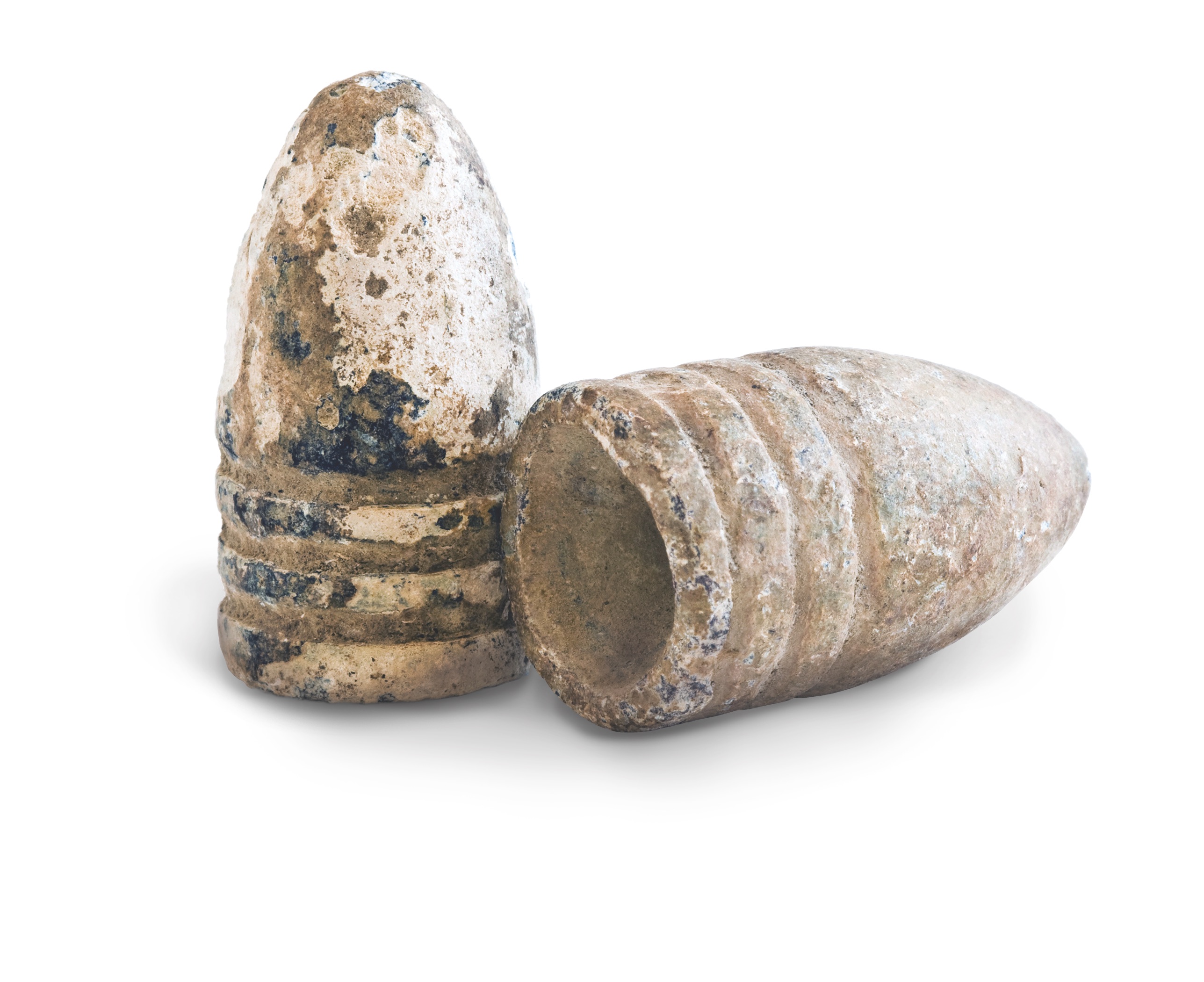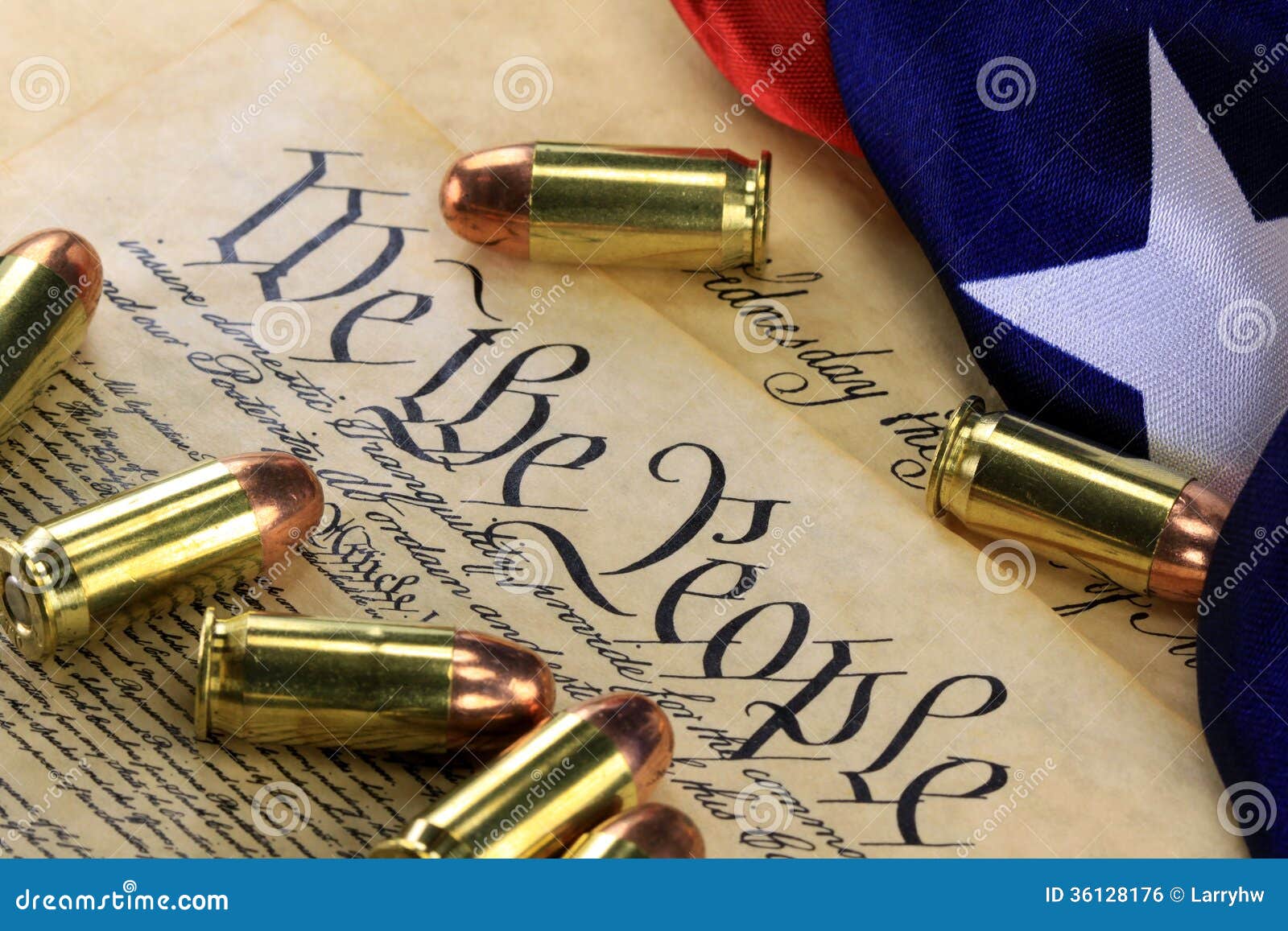History Of Bullets - 7.5×55mm full metal swiss jacket, armor piercing and tracer spizer missile. The three spheres on the right show the development of fluting
A bullet is a kinetic projectile, an integral part of firearm ammunition, which is fired from the barrel of a gun. They are made of different materials such as copper, lead, steel, polymer, rubber and ev wax; and are produced in a variety of shapes and designs (depending on their intended use), including specialized functions such as hunting, target shooting, training and combat. Bullets are often tapered, making them more aerodynamic. Bullet size is expressed in terms of weight and diameter (called "caliber") in the imperial and metric systems of measurement.
History Of Bullets

The term ball is from Middle France, and it originated as a diminutive of the word boulle (boullet), which means "small ball".
The .45 Acp: History & Performance
However, they are more often packed with propellant than a charge (the "wheel" of ammunition) consisting of a bullet (ie a projectile),
The casing (which holds everything together), the propellant (which provides most of the energy to launch the missile), and the propellant (which ignites the propellant). Bullets can be kept in a magazine or belt (for rapid fire automatic weapons). Although the word bullet is often used colloquially to refer to a charge, a bullet is not a charge, but rather a component of a charge.
This use of the term bullet (to describe a load) often leads to confusion as to exactly what a load and all its components refer to.
-about 343 meters per second (1,130 ft/s) in dry air at 20 °C (68 °F) - and thus can travel a considerable distance to the target before a nearby observer hears the sound of the shot. The sound of the gun (ie the "muzzle report") is often accompanied by a loud bull-like bang as the supersonic bullet pierces the air and creates a sonic boom. The speed of the ball in the different stages of the flight depends on intrinsic factors such as sectional density, air coefficient and ballistic coefficient, as well as extrinsic factors such as air pressure, l humidity, air temperature and wind speed.
The Monk Who Stopped Bullets With Silk: Inventing The Bulletproof Vest
Subsonic rounds fire slower than the speed of sound, so there is no sonic boom. This means that a subsonic round like the .45 ACP can be significantly quieter than a supersonic round like the .223 Remington, even without the use of a suppressor.
Bullets fired from firearms can be used for target practice or to injure or kill animals or people. Death can occur due to loss of blood or damage to vital organs, or even by suffocation if the blood enters the lungs. Bullets are not the only projectiles fired by firearm equipment: BBs are fired from BB guns, airsoft bullets are fired from airsoft guns, bullets are fired from paintball markers, and small rocks can be thrown from slingshots. There are also flares, potato guns (and launcher guns), tasers, bean bag rounds, escalating missiles, strikes, tear gas, RPGs and rocket launchers.
The first real weapon was developed in China from a shooting lance (a bamboo tube that fired porcelain shrapnel) with a metal hand cannon sometime around 1288, which the Yuan dynasty used to decisively defeat rebels Mongols. The artillery cannon appeared in 1326, and the European hand cannon in 1364. The first projects were made of stone. Eventually, it was discovered that stone could not penetrate stone fortifications, which led to the use of dser materials as projectiles. Hand cannon projects developed in a similar way. The first recorded case of a metal ball from an armor piercing hand cannon was in 1425.

The scraps recovered from the wreck of the Maria Rosa (sunk in 1545, raised in 1982) are of different sizes, some of stone and others of cast iron.
Amazon.com: Denix Replica Rifle Bullets
The development of the hand culverine and the matchlock arquebus led to the use of cast lead balls as projectiles. The original round musket ball was smaller than the height of the barrel. At first, it was loaded into the barrel only on the pole. Later they used some kind of material like cotton between the ball and the pole and over the ball to keep it in place,
Kept the bullet firmly in the barrel and against the dust. (Bullets not firmly seated on the powder risked exploding the barrel, a condition known as "short start".)
Loading muskets was therefore easy with the old smooth Brown Bess and similar military muskets. The original muzzleloader rifle, however, was loaded with a piece of leather or cloth wrapped around the bullet so that the bullet could calibrate the grooves in the barrel. Loading was a little more difficult, especially since the barrel was dirty from previous shots. For this reason, and because rifles were not often equipped with bayonets, the first rifles were rarely used for military purposes compared to muskets.
In the first half of the 19th century, there was a marked change in the form and function of the sphere. In 1826, Hri-Gustave Delvigne, a French infantry officer, produced a pointed-shouldered bolt, on which a spherical sphere was driven until it engaged in the grooves. Delvigne's method, however, deformed the sphere and was inaccurate. In 1855, a detachment of the US 1st Dragoons traded lead for gold bullets with Pima Indians along the California-Arizona border while on patrol. "The use of gold bullets by the Indians was confirmed by Aubry in a trip to central Arizona. "The Indians use gold bullets for their weapons. They come in different sizes and every Indian has plenty of them. We saw an Indian load his gun with one large and three small gold balls to shoot a rabbit."
Photograph Of Walter G. Jones, Pvt., 8th New York Cavalry, Co. C., U.s.a., Half Length, Facing Front And His New Testament With Bullet Holes, And The Two Bullets Which Lodged In The Book] |
Square balls date back to almost pre-civilization and were used in slings. They were usually made of copper or lead. The most notable use of square cartridge designs was by James Puckle and Kyle Tunis, who patted them down, where they were briefly used in a version of the Puckle pistol. The initial use of these in the black powder era was soon discontinued due to erratic and unpredictable flight patterns.
Delvigne also developed spherical cylindrical spheres (left) and cylindrically conical (center), which received the ball grooves developed by Tamisier for stability.
Delvigne continued to develop the design of the ball and from 1830 he began to develop cylindrical-conical balls. Francois Tamisier improved his bullet designs with the addition of "ball canes" known as "cannelures" that displaced air resistance to account for bullet gravity.
Tamisier also developed progressive rifling: the gun grooves were deeper towards the breech and became shallower as they progressed towards the muzzle. This causes the bullet to gradually form into grooves, increasing range and accuracy.
The History Of 40 Smith & Wesson Ammo
Prior to Tamisier's proposal, the orientation of the cylindrical-conical sphere remained along its axis of inertia, gradually heading towards its trajectory and encountering more and more air resistance, making the movement of the sphere erratic .
Among the first pointed or "conical" bullets were those designed by Captain John Norton of the British Army in 1832. Norton's bullet had a hollow lotus-core base that expanded when fired under pressure to fit the barrel groove.
It was rejected by the British Ordnance Board because spherical bullets had been in use for the last 300 years.
Rown glish gunsmith William Greer invented the Greer bullet in 1836. Greer fitted the hollow bottom of the oval bullet with a wooden plug that more reliably forced the bottom of the bullet to expand and capture the rifling. Tests showed Greer's bullet to be effective, but the Army rejected it because it was two-piece and considered too complicated to manufacture.
History: Wooden Bullets
The rifle, developed by Louis-Étine de Thouvin in 1844, was an improvement on Delvigne's design. The barrel of the gun has a push pin in the barrel lock, which, with the help of a special ramrod, forms the bullet in a rifling. Although it succeeded in increasing the accuracy, it was difficult to clean.
The soft lead minié dance was first introduced in 1847 by Claude-Étine Minié, a captain in the French army. This was another improvement on Delvigne's work. The ball was conical in shape with a hollow cavity at the back, fitted with a small iron cap instead of a wooden cap. When fired, the iron cap pushed into the hollow cavity at the rear of the bullet, extending the sides of the bullet to grasp and measure the rifling. In 1851, the British adopted the Minié round for their Pattern 1851 Minié 702-inch gun. In 1855, James Burton, a machinist at the United States Armory in Harper's Ferry, West Virginia, further improved the Minié bullet by removing the metal cup at the base of the bullet.
The Minié ball was first used very much in the Crimean War (1853-1856). About 90% of battlefield casualties in the American Civil War (1861-1865) were caused by Minié bullets fired from cartridge guns.

Between 1854 and 1857, Sir Joseph Whitworth conducted a long series of experiments with the rifle, proving, among other things, the advantages of a smaller bore and in
Bullets And Opium By Liao Yiwu
Belt of bullets, nursing bullets fundamentals of nursing, case of bullets, 100 pack of nerf bullets, price of bullets, bucket of nerf bullets, pack of nerf bullets, box of nerf bullets, lyman handbook of cast bullets, pictures of civil war bullets, tattoos of bullets, jewelry made out of bullets



0 Comments